How to Achieve Cardio, Core, and Strength With Kettlebells
Kettlebell Swings: The all-in-one movement for cardio, core and strength!
Where should I feel these?
Glutes
Hamstrings
Lats
Core (deep core muscles braced to protect spine)
The Setup
We recommend starting from a "hike" position. Dig your feet into the ground (think about "spreading the floor outward" with your feet) and sit back into what is essentially a deadlift start position. You'll want to place your kettlebell just beyond your reach, so you have to tilt the bell to grab the handle. *Don't crush your grip! You'll need to have a slightly loose grip to allow the handle to rotate a little during the swings.
The Middle Position
Just before you begin your movement, make sure your lats are engaged by pulling your shoulder blades down toward your "back pockets". Then, without shifting your weight forward or dropping your torso, hike that kettlebell back between your legs, keeping your arms close to your inner thighs. As soon as you feel that kettlebell just below your butt (or even tapping it), thrust your hips forward and stand up straight.
The End Position
After the initial "hike" and immediate hip thrust, your arms should float up in front of you. Your glutes should be squeezed, midsection braced (like bracing for a punch), and lats still tucked into your back pockets.
After you've completed the swing, your lats should remain tucked into your back pockets. Your arms should fall naturally - aka let gravity do it's thing, no need to pull your arms downward. As the kettlebell approaches your hips, you're going to "catch" the kettlebell by sitting into that same "between your legs, arms close to your inner thighs" middle position from above.
This is the point where you decide to perform continuous swings or just set the weight down. We recommend practicing with a few "dead swings" before attempting continuous swings. The dead swing is basically a 1-rep swing, which allows you to focus on having proper body alignment, form and ensure you aren't feeling the move in the wrong place (aka the lower back.. we never want to feel the lower back).
For the dead swing, follow all three steps above, "catch" the kettlebell and set it back gently onto the ground. Then set up all over again for your next rep.
For continuous swings, follow all three steps above - but as soon as you "catch" that kettlebell after your initial rep, you're going to thrust those hips forward again to achieve your end position. Continue that "catch" and hip thrust until you've completed your desired number of reps, time, etc.
You can incorporate kettlebell swings as a cardio finisher for a strength workout, part of an overall HIIT circuit, or it's own quick-but-deadly mini workout.
If you're strapped for time, try this 10-minute kettlebell swing EMOM (Every Minute on the Minute) workout:
Set your timer for 10 mins. Pick a number of swings (We suggest starting with 10 reps) to perform at the start of each minute. Perform your first 10 swings, then use the remainder of that minute to rest. Remember that the kettlebell setup takes a few seconds to get into, so get ready to begin your next set before that clock reaches the next minute - then fire away!
For more detailed information on this move or to inquire about personal training, private yoga or other fitness requests, reach out to us at hello@urbnplayground.com.
